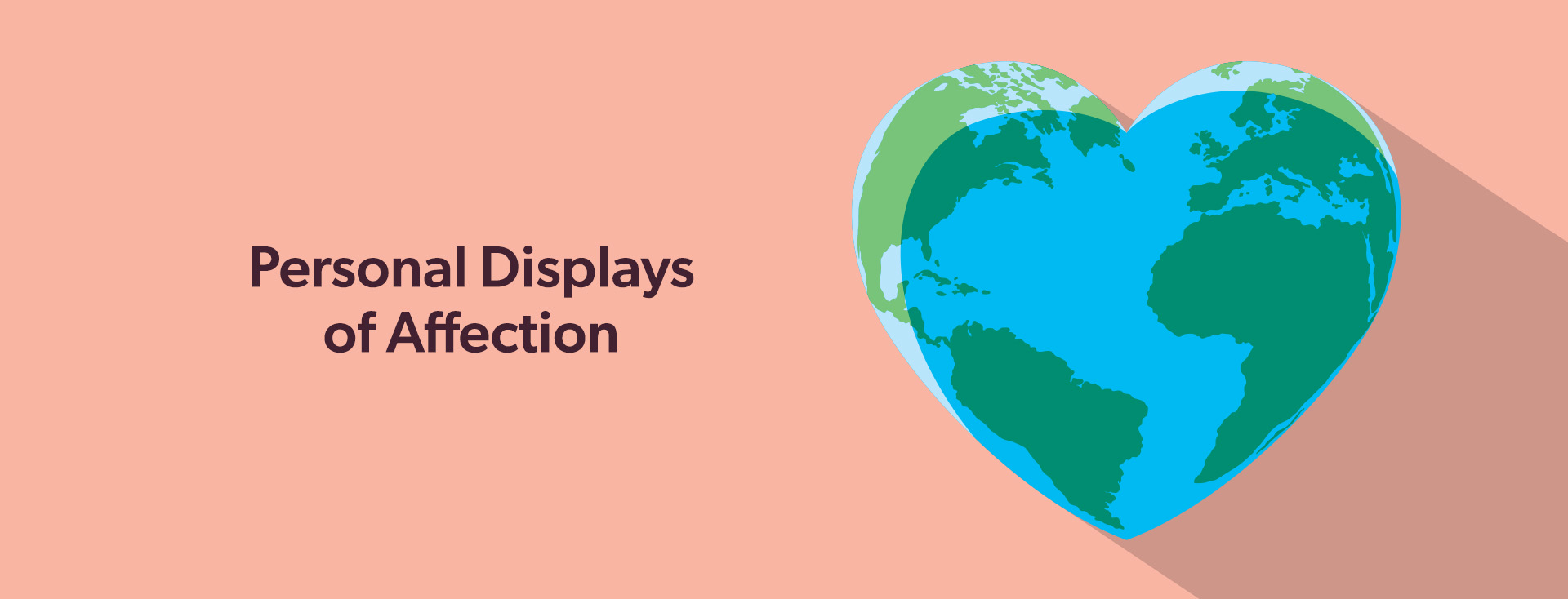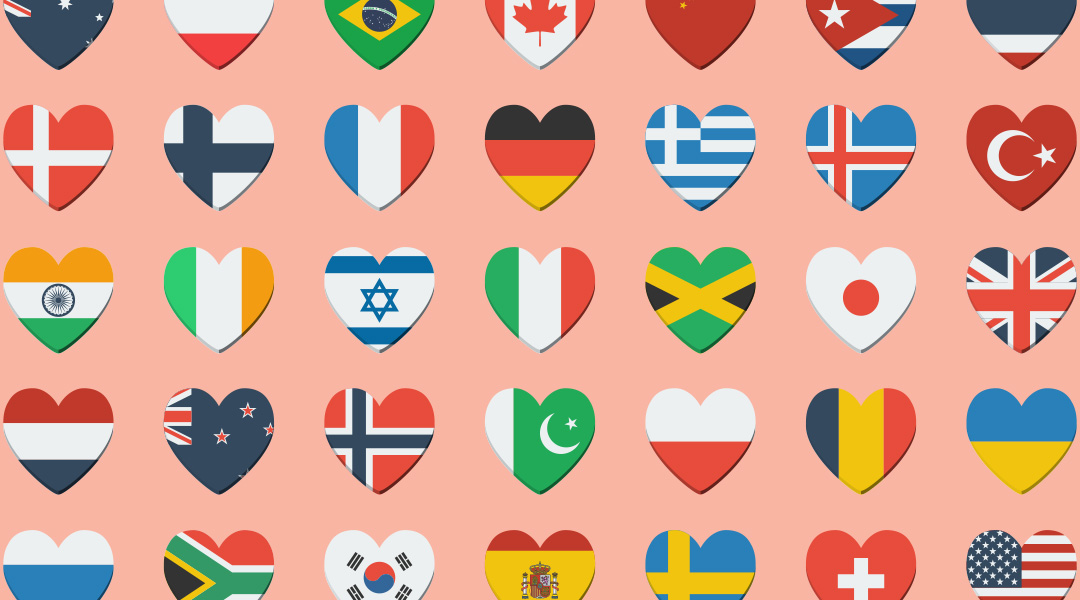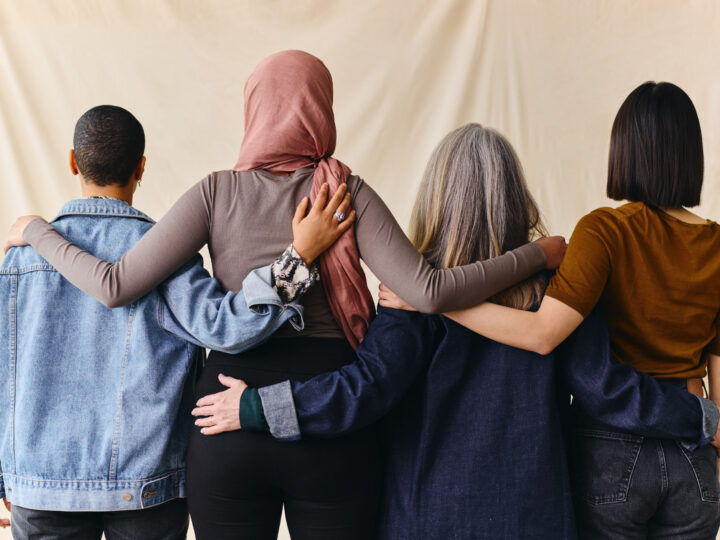
Unique ways different cultures express love
We’ve all heard of the book The Five Love Languages that explains how most people prefer to receive expressions of love in a particular way. They usually prefer love directed to them to be expressed through verbal affirmations, acts of service, time spent with them, gifts, or physical contact. While this may be true for most of us, there are some unique ways people express their love in various cultures around the world that might not fit so easily into those categories and yet for them they all say, I love you.
South Africa: Beadwork Banners
For Zulu tribes, it’s customary for the young women to construct beadwork banners with elaborate patterns for the men they love. The placement of the beads as well as the colors chosen all factor into the particular message of their artwork. Black implies marriage, blue symbolizes fidelity, yellow signifies wealth, and pink is for promises. As grateful as they are for the gesture of love, the men usually have to ask the women to interpret its specific meaning.
Japan: Bento Boxes
Public displays of affection are frowned upon in Japan, so women express love to their men by packing them extravagant lunches in a bento box. An ordinary sandwich simply won’t do, and even the exterior of the box must be decorated in an ornate design. When the men take the boxes to work it becomes a silent competition of comparison and determining who must be loved the most by his wife.
Finland: Wife-Carrying Contest
Every July, people come from all over the world to Sonkajarvi, Finland to watch the Wife-Carrying Championship. In the lighthearted competition, men must complete a gauntlet of obstacles with their wives slung across their shoulders. Of course, the best time wins, and the champion is awarded his wife’s bodyweight in beer.
Fiji: Whale Teeth
It’s always a challenge for a man to convince his future father-in-law that he’s worthy of marrying his daughter. On the island of Fiji, the father’s mind can often be set at ease by presenting him with a tabua, the polished tooth of a sperm whale prior to the wedding. In Fiji, tabuas are also given as declarations of war or peace, or in exchange for accidentally having killed someone. Hopefully, those scenarios won’t come into play for the happy couple!

South Korea: Monthly Couples Holidays
Unlike many countries that use Valentine’s Day to celebrate romantic love one day out of the year, South Korea sets aside the 14th of every month for couples to honor each other. There is no specific way in which South Koreans have to express their love on these days, so all options are open to them. Interestingly, April 14th is set aside each year for those not in relationships to lament their single status by dressing in black and eating bowls of noodles made from black bean paste.
Slovenia: Barefoot Winter Walk
In Slovenia, February 14th is the day that symbolizes the birds of the forest expressing their love for each other and separating off into pairs. In order to see the ceremony of the birds and take advantage of the romantic energy on that day, Slovenians must walk barefoot across snowy fields and into the woodlands.
Germany: Pig Preference
To Germans, the image of a pig or boar symbolizes good luck. Naturally, everyone wants good luck in their relationships, so pig-shaped gifts are welcome among couples. It doesn’t matter if it’s a stuffed pig, a pig made out of chocolate or a pig figurine. As long as it’s pig-shaped, good luck comes with it. The symbol of a pig can also represent lust for a partner. Pork is prominent in the German diet, so perhaps that has something to do with the origin of this tradition.
Niger: Beauty Contest
Every year, the Wodaabe Fula people of Niger conduct a beauty pageant, the Guerewol, to bring couples together. The twist here is that it’s the men competing in the pageant for the women’s affection. Adorned with headdresses of ostrich feathers and pom poms, along with clay-covered faces painted in extravagant ways, the men perform ritual dances to commemorate the end of the rainy season and to attract a mate, which can often be someone else’s wife!
JOIN THE MOVEMENT
Subscribe to our newsletter and receive inspirational stories delivered to your inbox that spread love, updates on our movement, and notifications on upcoming deals & events.




